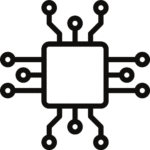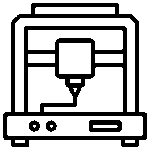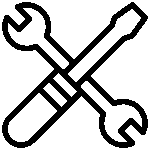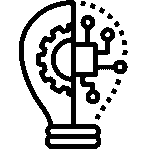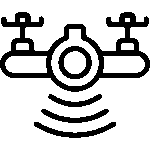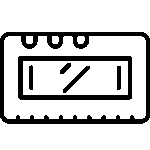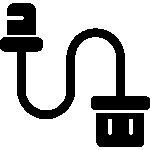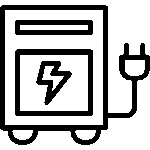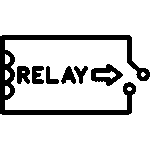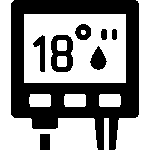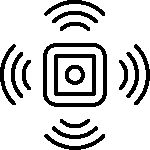Reverse Voltage Protection for IoT Devices

The Problem :
When working with IoT (Internet of Things) devices, one common issue that can cause a lot of frustration is reverse voltage. This happens when the power supply is connected backward, leading to damaged components or complete device failure. For beginners, it’s important to know that many IoT circuits are designed to work with a specific voltage and polarity. Reversing the polarity can cause short circuits, burnt components, or even render the device inoperable.
The Solution :
One simple and effective solution to reverse voltage is adding a diode in series with the power input. The diode will only allow current to flow in the correct direction, preventing any damage if the voltage is connected the wrong way. Another option is using a MOSFET-based protection circuit, which can automatically detect and block reverse voltage.
Practical Example :
Imagine you’ve built a smart home device, and you accidentally connect the battery the wrong way. Without reverse voltage protection, the circuit might burn out. By adding a diode or MOSFET, you ensure that your device continues working even if the battery is reversed.
Sample Calculation :
Let’s say you’re using a 1N4007 diode with a current of 1A.
The forward voltage drop of the diode is around 0.7V.
If your device operates at 5V, the actual voltage available to your circuit would be
4.3V (5V – 0.7V).
This is usually manageable, but keep in mind that the higher the current, the more voltage will be dropped.
Product Suggestion :
For protection solutions, check out [Made in India components]
Shop now at SmartXProKits.in and support India’s innovation—buy from our Make in India site!


